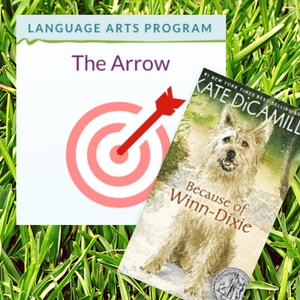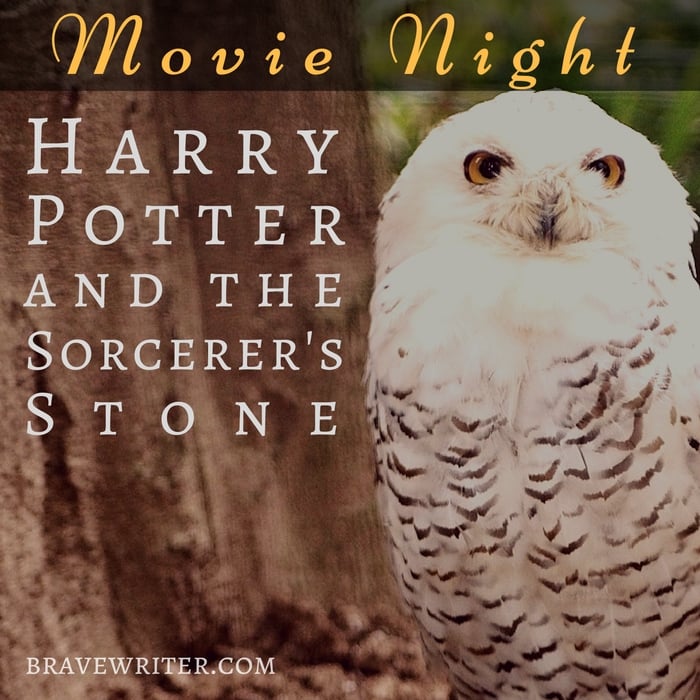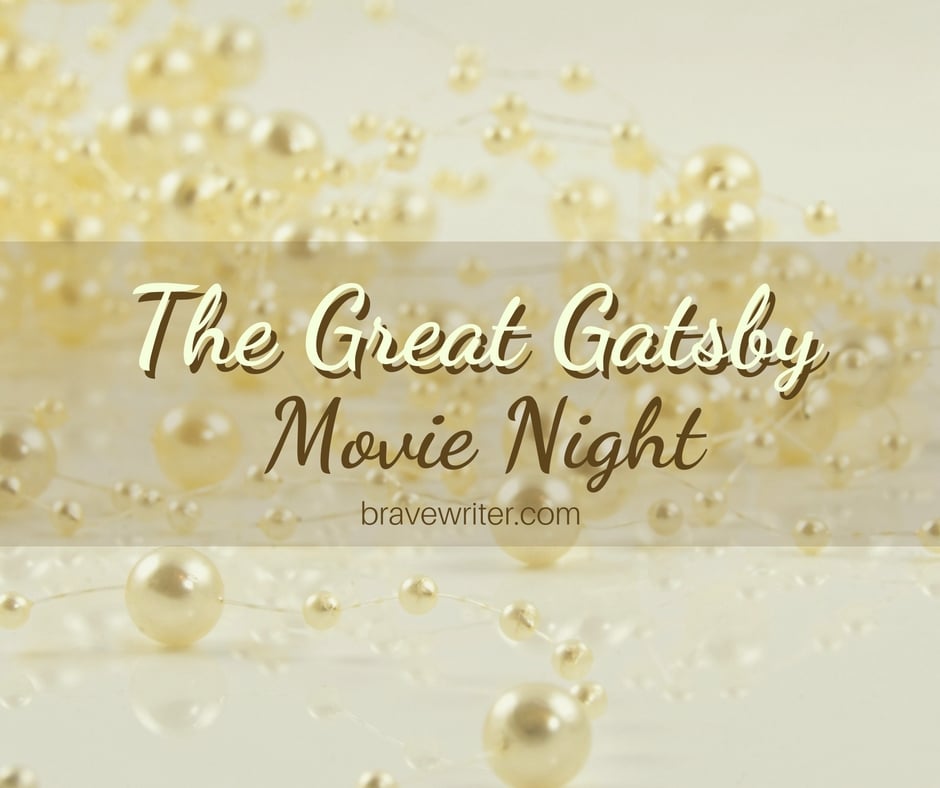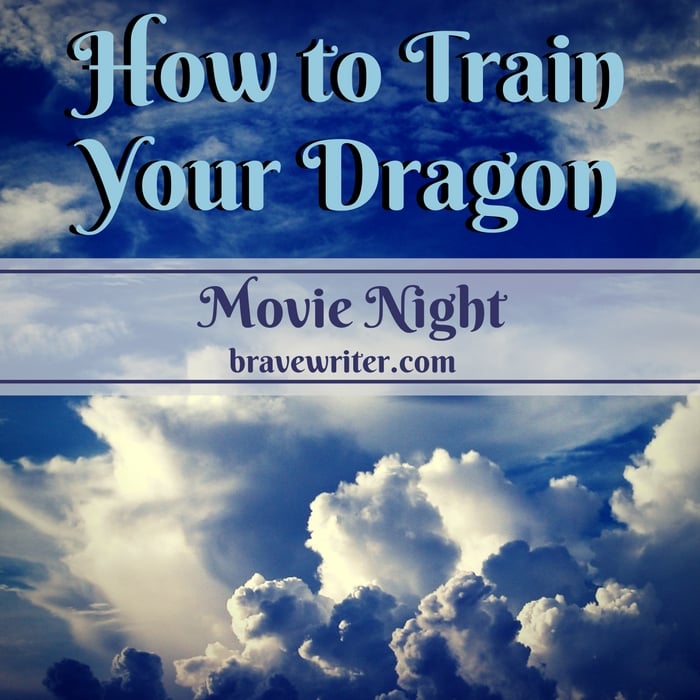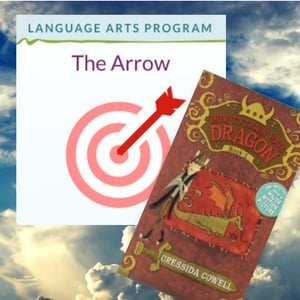
Opal lives a quiet life with her father, a preacher. Both of them still miss Opal’s mother, who abandoned them years ago, and neither of them quite know what to say to each other in her absence. They’ve just moved to a trailer park in a town called Naomi, and as her father isn’t the sort to introduce himself to new people, it’s up to Opal. One of the first people she meets isn’t actually a person, but a stray dog, whom Opal calls Winn-Dixie (after a supermarket).
Over the summer, Opal and Winn-Dixie get to know the people of Naomi—the librarian, the pet shop owner, and Gloria Dump who has a tree covered in bottles—and Opal even gets to know her father better. Winn-Dixie might be Opal’s greatest friend, until a storm breaks out during a community party, and Opal might end up losing him as well.
[This post contains Amazon affiliate links. When you click on those links to make purchases,
Brave Writer receives compensation at no extra cost to you. Thank you!]
Because of Winn-Dixie was adapted into a film in 2005, directed by Wayne Wang with a screenplay by Joan Singleton, based on the novel of the same name by Kate DiCamillo. It’s a film for the whole family about redemption, new beginnings and learning to let go.
Discussion Questions
- If you’ve read the book, how do you think the film compares?
- Have you ever had a pet? What do you think a pet brings to one’s life?
- Gloria Dump has a special “mistake tree” to show all the mistakes she’s made. What would your mistake tree have on it?
- Winn-Dixie has a fear of lightning. Do you have any strong fears like that? How do you combat them?
- Opal names Winn-Dixie after a supermarket. Think of unusual names you might name an animal.
Additional Resources
Because of Winn-Dixie themed activities
Literary studies ideas for Because of Winn-Dixie
Learning language arts with the Because of Winn-Dixie Arrow!
The Arrow is the monthly digital product that features copywork and dictation passages from a specific read aloud novel (you purchase or obtain the novels yourself). It’s geared toward children ages 8-11 and is an indispensable tool for parents who want to teach language arts in a natural, literature-bathed context.

